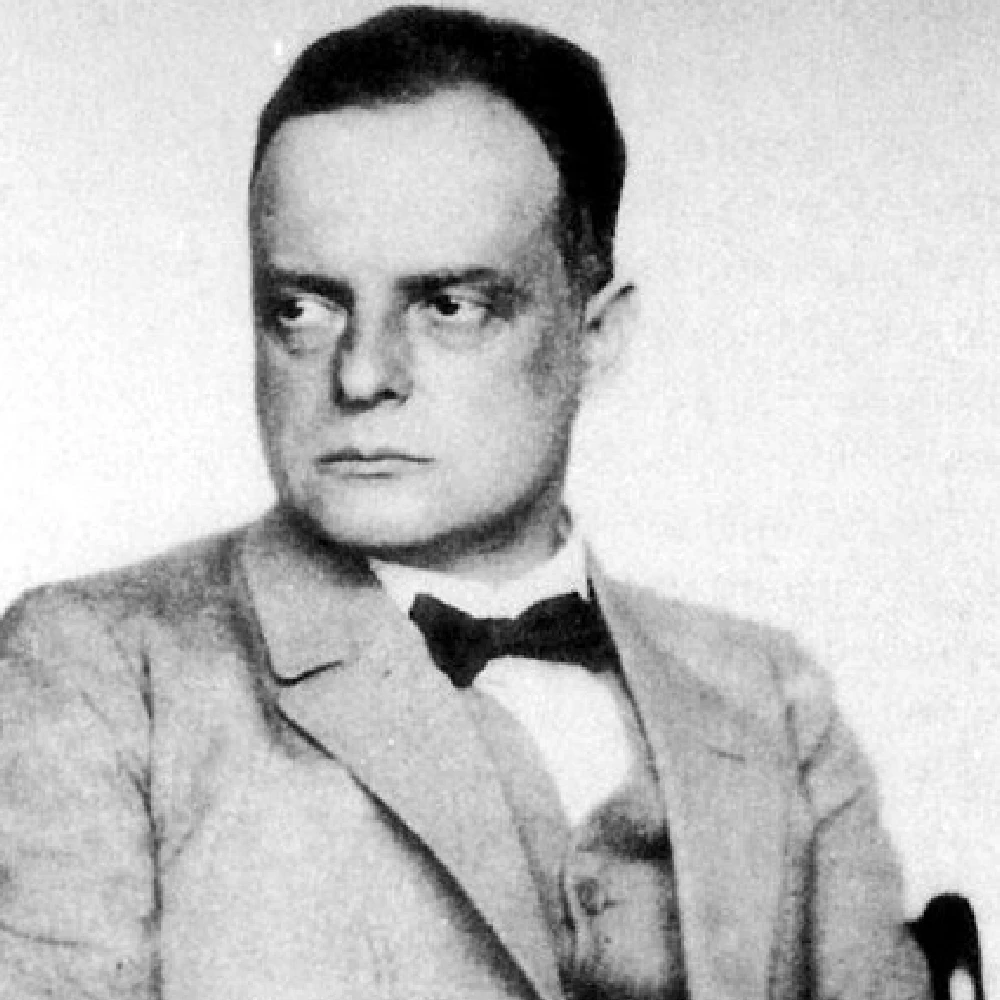Paul Klee was born in 1879 in Münchenbuchsee near Bern, to a German father and Swiss mother, both of whom were musicians. As a young boy, Klee displayed unusual talent as a violinist and as a draftsman. While he briefly considered a career in music, in 1898 he chose to attend art school in Munich. There he studied painting at the Academy of Fine Arts.
Despite immense natural talent as a draftsman, Klee subjected himself to a rigorous period of solitary apprenticeship during the first decade of his career. In 1911 he met Wasily Kandinsky and Franz Marc and became affiliated with them in the Blaue Reiter circle. The international focus of this group stimulated Klee’s interest in Parisian Cubism and, in particular, the theory and painting of Robert Delaunay. Klee’s patient exploration of his craft and his experience of Cubism combined to provide him with a new way of working.
In 1920 Klee achieved his first major critical success: an exhibition of
over 350 works was held at the Hans Goltz Gallery in Munich, and two monographs devoted to his work were published. In October of that year, he was invited by Walter Gropius to join the faculty of the newly established Weimar Bauhaus.
Klee believed so strongly in the forces of intuition and spontaneity that the Surrealists in Paris regarded him as a precursor of automatism. But the free flight of the imagination depended on formal means; during Klee's years at the Bauhaus he elaborated a theory of the dynamics of pictorial form so far-reaching that it is inevitably compared with the investigations of Leonardo. Like Leonardo's, Klee's analyses of creative principles reflect his profound knowledge of music, science, nature, philosophy, and literature. These are summarized in his much-treasured Pedagogical Sketchbook, published by the Bauhaus in 1925. Also during this time, he began to gain international renown; his first American exhibition took place in New York in 1924.
Klee left the Bauhaus in 1931 to become a professor at the Dusseldorf Art Academy. Two years later, Hitler's National Socialist regime launched a campaign against what it denounced as "degenerate" modern art. Klee, a recognized figure of the artistic avant-garde, was not spared. He endured a search of his house, and finally was dismissed from his position at the Academy. Obliged to leave Germany, Klee and his wife returned to Bern. In 1935 Klee was stricken with scleroderma. Despite his frail condition and his isolation from his colleagues, this period brought a triumphant renewal of Klee's creative energies. The artist filled the final years of his life with the creation of hundreds of boldly compelling paintings and drawings, working without cease up to the time of his death in a sanitarium in Muralto-Locarno in June 1940.

